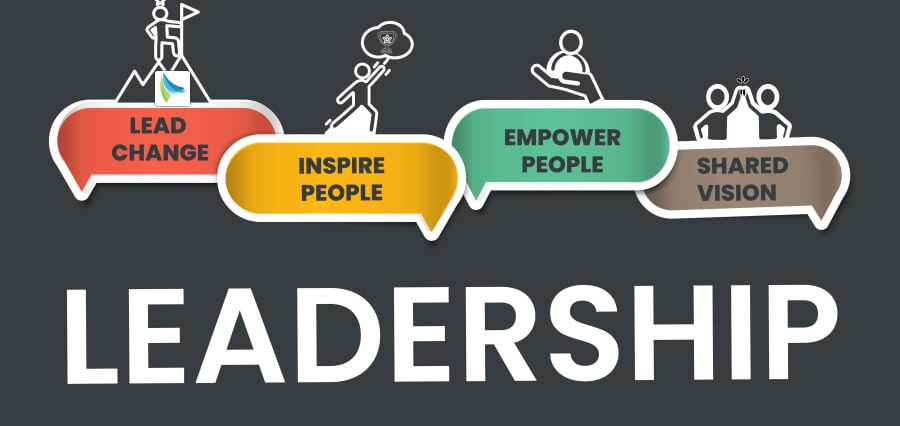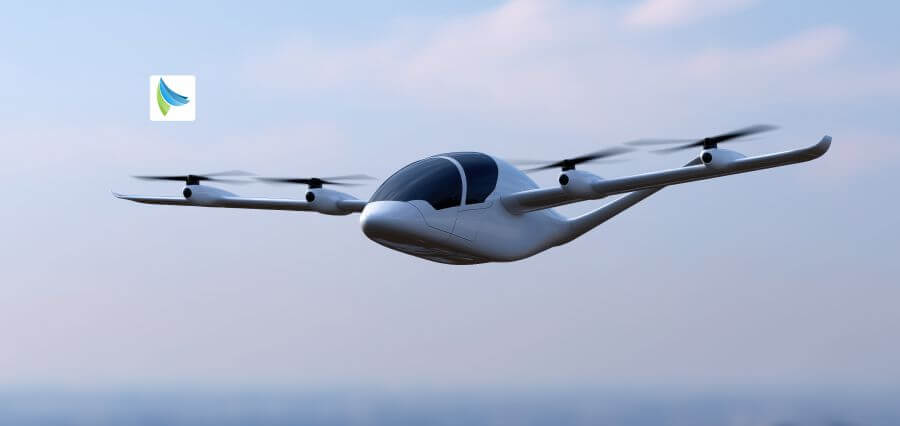Courage Over Convention
A new generation of executives is renewing the leadership rule book and shaking up the system. The blueprint of the way to the top contained conformity; current success models are dealing with decisive action, integrity, and flexibility. These leaders are challenging the traditions of former models and carving out a new definition of their complex world. Consequently, new executive leadership directions are realigning coverages to lessen control in favor of collaboration, hierarchy in favor of agility, and profit in favor of purpose-driven impact.
Human‑Centered and Purpose‑Driven Leadership
Perhaps one of the most interesting executive leadership trends is the rise in human-centered leadership, going beyond transactional leadership, and being based on empathy, emotional intelligence, and a sincere interest in the well-being of the employees. Visionary leaders defy convention because they inculcate purpose at the strategic decision level and create cultures that are psychologically safe and inclusive. Deloitte and Korn Ferry surveys found that companies are more engaged, have less turnover, and are more trusting of these companies with such a management style.
These leaders portray their boldness by having sustainability, equity, and employee friendliness as the center of business focus, not as peripheral programs but rather as ingrained values. This shift to purpose leadership centers the organizational strategic vision with the wider business ESG commitment, creating both impactful and principled choices.
Agile and Adaptive Executive Leadership
Traditional steady‑state leadership will no longer work in a volatile, uncertain, complex, and ambiguous (VUCA) world. Executives must develop agility: flexibility to change direction at speed, comfort in experimentation, and the freedom to co-create with cross-functional teams.
Agile leadership is not just a crisis response, but a cultural mindset that unites flexibility with directional integrity to enable leaders to both enable inventiveness and also have zones of strategic devotion through models such as align-empower. It is the type of ambitious transformational leadership that separates comfort-seeking individuals and risk-takers.
AI‑Powered Decision Support and Ethical Governance
Artificial intelligence is quickly becoming a fundamental part of how executives make decisions. Visionary managers use AI tools to support real-time analytics, workforce planning, and efficiency, which frees them up to focus on long-term vision and relationships.
At the same time, the emergence of industry-specific titles (such as Chief AI Officer and Chief Automation Officer) indicates that people have come to realize that the control of ethical AI has become the role of an executive. Visionary leaders are prepared to accept this revolution, not by marginalizing human judgment, but by embedding AI in the context of transparency, fairness, and values.
The Rise of Fractional and Shared Leadership Models
Fractional leadership is another bold trend – using part-time or project-based executives to drive a strategic change without a full-time appointment. This cloud model allows organizations to access elite expertise without being limited by conventional C-suite frameworks. Accompanying this is shared leadership, which involves the decentralization of leadership roles among various stakeholders. Engaged leaders employ this change to build networks of influence that obscure the hierarchy to form collaboration, creativity and common direction.
Emotional Intelligence and Resilience
Although strong technical and analytical ability still matter, other visionary executives stand out when possessing high emotional intelligence (EQ) and resilience. EQ can help leaders handle conflict, inspire groups, and sustain composure in chaotic settings, which are vital skills in volatile environments. Resilience enables leaders to absorb a blow, transform disruption into possibility, and navigate organizations with a clear long-term vision. When considering the application of AI in routine tasks, human and behavioral aspects of leadership begin to be seen as distinctive characteristics of excellence in 2025.
Redefining Executive Roles: Innovation‑Focused C‑Suite
The keys are visionary executives, restructuring the way corporations are led, beyond CEO, CFO, and COO to Chief Transformation Officer, Chief Experience Officer, and Chief Sustainability Officer. These positions point to a conscious shift towards innovation, strategic change, and integration of experiences, with a braver approach and less conventional allegiance to the hierarchies of yesteryear.
Final Words
Unconventional leaders are at the forefront of many executive leadership trends: human‑centered and purpose‑driven leadership, working agile and adaptable, ethical AI usage, scale coaching, shared and fractional leadership, emotional intelligence, and new roles of the C‑suite. These models are not theories alone, but a paradigm change in the leadership of culture, strategy, and influence. These are executives who not only command but also engage, uplift, and inspire. Instead of prioritizing norms, they build resilient, innovative, authentic, and values-aligned workplaces by prioritizing courage.
Read Also: How Strategic Business Influence Built a Legacy Leader












